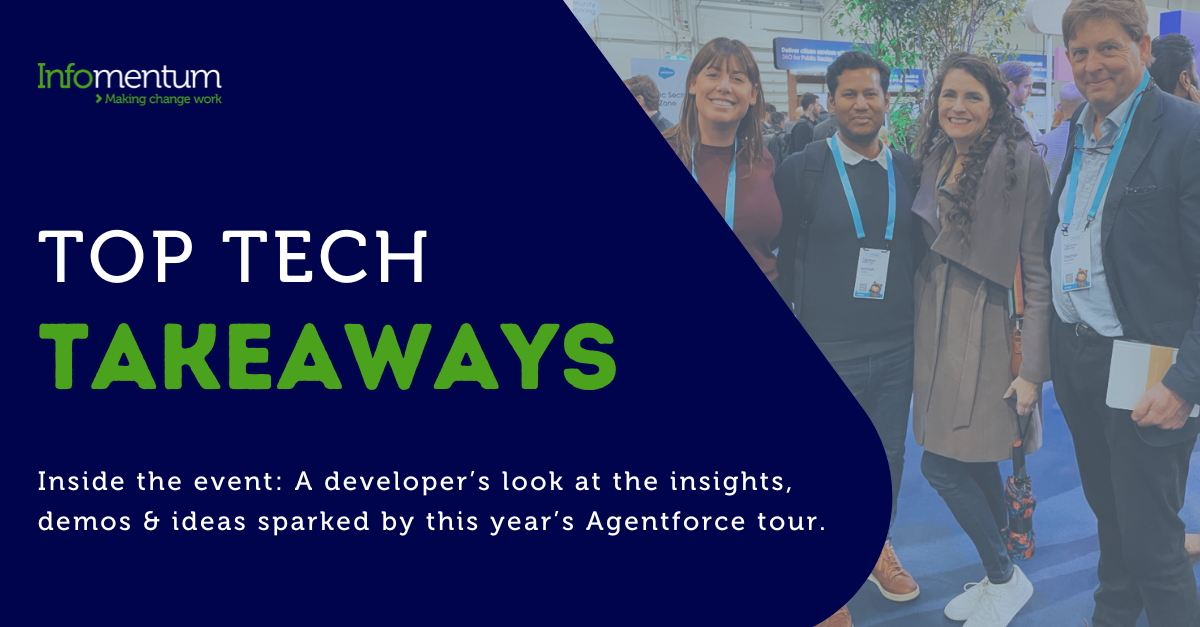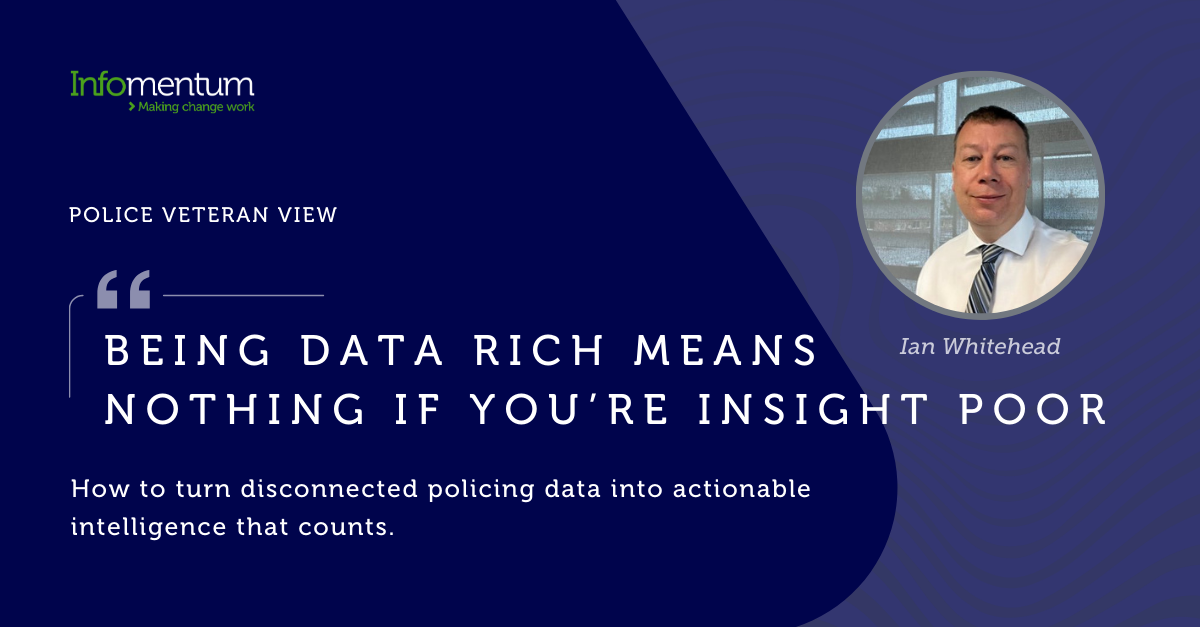In higher education, managing student data is often seen as a challenge of consolidating records across various platforms - from admissions and financial aid systems to student management portals and alumni databases. For many institutions, the complexity of these systems leads to fragmented data, making it hard to get a unified view of students and make timely, data-driven decisions.
This is where Salesforce’s Data Cloud stands out. It isn’t just another data storage solution or a passive system of record, as some may assume. Instead, Salesforce Data Cloud operates as a system of reference - a dynamic platform that integrates, harmonises, and centralises data from multiple systems, creating a single source of truth. In a system of reference, data is not merely stored; it’s actively updated, interconnected and used to generate actionable insights.
For universities, this means moving beyond isolated data silos and toward a real-time, comprehensive understanding of each student’s journey - academic progress, extracurricular involvement, and financial status - and sometimes even without duplicating from various sources thanks to the Data Cloud’s zero-copy architecture enables seamless integration from diverse data lakes (e.g. Snowflake) and data warehouses, allowing institutions to use both structured and unstructured data to power decisions across departments.
Whether data is ingested in bulk or streamed in real time, the goal is the same: empowering educators and administrators to create more personalised, impactful experiences for students and staff.
Even more, Data Cloud excels as a key enabler of the latest evolution of AI. Agentforce, its newest feature, stars as an AI builder that uses real-time data to power autonomous agents which automate tasks, make smart decisions and deliver personalised support, driving efficiency and engagement.
Enabling innovation: how Data Cloud and MuleSoft work together
Many universities grapple with the challenge of integrating disparate legacy systems and niche applications that house valuable student data. As these institutions strive to enhance student experiences and operational efficiency, the combination of Salesforce Data Cloud and MuleSoft becomes essential. MuleSoft acts as a bridge to unlock and connect these legacy systems, allowing universities to seamlessly integrate their diverse data sources.
A significant part of this enablement comes from its seamless integration with MuleSoft, Salesforce’s integration platform. Together, Data Cloud and MuleSoft form a powerful duo, with MuleSoft acting as the conduit for integrating data from various third-party systems, APIs and applications, while Data Cloud consolidates and harmonises that data for meaningful use.
While Data Cloud offers a wide range of pre-built connectors for integrating with various systems, there may still be instances where a specific connector isn't available. In such cases, businesses can turn to MuleSoft to bridge the gap. MuleSoft provides a robust and flexible integration platform that enables seamless connections between these systems and Data Cloud.
It may be that your university already has an existing API used to unlock data from your systems of record, you can easily hook into it to build a custom experience API that feeds directly into Data Cloud. By leveraging the Data Cloud Connector For MuleSoft Exchange, you can quickly integrate this data without reinventing the wheel, utilising the power of MuleSoft’s reusable components to streamline and accelerate the process.
Data Cloud Ingestion
Data Cloud's Ingestion API provides a flexible way to load data into the platform using two key methods: Bulk Ingestion and Streaming Ingestion. Both methods offer efficient ways to move data, but the choice between them depends on the type of data an institution is working with and the frequency of updates required.
Bulk ingestion vs. Streaming ingestion
Bulk Ingestion is ideal for transferring large amounts of data at once, typically in scheduled batches. It’s perfect when dealing with historical data or when updates don’t need to happen in real time. Some typical use cases for bulk ingestion include:
- Large data transfers that occur daily, weekly, or monthly.
- Legacy systems that may only allow data exports at specific times, like during off-peak hours.
- Populating a new Data Cloud instance with historical data (e.g., 30, 60, or 90 days of records).
Streaming Ingestion, on the other hand, is designed for continuous, smaller updates in near-real time. It’s best suited for modern systems that generate frequent updates or need to react quickly to changes. Key scenarios for streaming ingestion include:
- Systems with real-time updates, like transactional systems or applications generating frequent, small updates.
- Change Data Capture (CDC), where only the changes to the data need to be processed and sent to Data Cloud.
- Event-driven architectures that rely on webhooks or triggers for immediate data updates.
By selecting the appropriate method, businesses can ensure that data is moved efficiently, whether for occasional bulk loads or continuous streaming updates.
Higher Education Application: leveraging Salesforce Data Cloud for a 360-degree view and advanced student segmentation
Imagine you're working with Global University, tasked with integrating their legacy student record management system with Salesforce Data Cloud. The goal is not just to integrate student records but to build a comprehensive 360-degree view of each student. This holistic view will allow the university to better understand their students and segment them based on behaviours, academic performance, and other relevant attributes in order to take actions. A data-driven approach helps to create personalised experiences and engagement strategies for students.
But before jumping straight into the data ingestion phase, it’s essential organisations focus on the outcomes they want to achieve. When businesses prioritise the results they’re aiming for, rather than getting caught up in importing tons of data, they see faster time-to-value and more meaningful success. Focusing on outcomes ensures that technology serves a clear purpose, aligning data efforts with real business goals. This approach helps avoid the common trap of gathering unnecessary data and ensures that every step taken is driving towards measurable success.
Step 1: Bulk Ingestion for historical data
Global University needs to bring in years of historical student data from the legacy system - information such as personal details, course enrollments, and academic performance. Since the data is large and the legacy system only allows exports during specific times, the bulk ingestion method of the Ingestion API is the ideal solution.
- The university exports student data in structured CSV files.
- These files are ingested into Data Cloud using the bulk ingestion mode, ensuring all historical records are loaded efficiently.
Step 2: Streaming Ingestion for real-time updates
Once the historical data is in Data Cloud, the university needs to ensure that future changes, such as new course enrollments, grade updates, or changes in personal details, are reflected in real time. Here, streaming ingestion is used to capture these updates from the legacy system.
- Whenever a student’s record is updated, micro-batches of data are sent to Data Cloud using the Ingestion API’s streaming ingestion mode.
- This process ensures that Data Cloud always holds the most up-to-date student records, allowing for timely analysis and engagement.
Step 3: Building a 360-degree view of the student
With historical and real-time data now in Data Cloud, the university can create a 360-degree view of each student. This profile brings together various data points:
- Personal Information: Student demographics, contact information, and other details.
- Academic Data: Course history, grades, academic progress, and attendance records.
- Engagement Data: Participation in university events, extracurricular activities, or interactions with academic advisors.
- Financial Information: Details about scholarships, financial aid, and tuition payments.
To ensure this holistic view is accurate and comprehensive, Salesforce Data Cloud uses Identity Resolution to match data from different sources (e.g., admissions, financial aid, student portals) to the correct individual. This process resolves discrepancies such as variations in a student’s name or contact details, ensuring data from multiple systems is linked to the right student without duplication.
Once identity resolution is complete, the data is consolidated into a Unified Profile, which serves as a single source of truth. This profile is continuously updated with real-time information, providing the university with a complete, up-to-date picture of each student's journey. This unified view ensures consistency across all departments, enabling better insights and more informed decision-making.

Step 4: Leveraging calculated insights for personalised engagement
With all student data loaded into Salesforce Data Cloud and updated in real time, Global University can now harness calculated insights to drive personalised student support and engagement. Rather than relying on simple static segmentation, the university can generate predictive insights based on each student's unique data patterns, such as academic performance, attendance, and engagement levels. These insights allow for more proactive and individualised interventions.
For example, calculated insights can help the university identify:
- At-Risk Students: By analysing real-time attendance, grade trends, and participation data, Data Cloud can flag students who are struggling academically or show signs of disengagement. This triggers immediate notifications to academic advisors, who can intervene with personalised outreach, offering tutoring or counselling.
- High-Performing Students: Data Cloud can identify students excelling in their courses and extracurricular activities, allowing the university to recommend scholarship opportunities, leadership programs, or additional academic challenges to keep them engaged and thriving.
- Students Needing Financial Support: Insights generated from financial data can identify students who may be facing financial challenges, enabling the university to target them with information about available financial aid, scholarships, or other support programs.
- First-Year Students: Real-time insights can track first-year students' engagement and academic progress, helping the university offer tailored orientation resources or mentorship programs based on each student's early interactions and performance.
By using calculated insights, Global University can go beyond basic segmentation to understand individual student needs and take immediate action. For example, if a student like Sarah is flagged as “at-risk” based on her academic performance and low engagement, the system can trigger personalised interventions, such as advisor outreach and automated support messages. This data-driven approach ensures that the university can proactively address issues before they escalate, improving student retention and success.
This advanced use of insights enables the university to act on the data and make data-backed decisions, offering the right support to the right students at the right time.
Conclusion
By harnessing the capabilities of Salesforce Data Cloud and MuleSoft, higher education institutions can shift from traditional data management to a proactive, insight-driven approach, enabling them to craft innovative strategies that not only enhance student engagement but also foster a culture of continuous improvement and adaptability in an ever-evolving educational landscape.







